Author: Vo Tuan Son and Nguyen Tuan Luong
Digital transformation that leaves no one behind - Redesigning Thua Thien-Hue’s Municipal Digital Public Service Delivery
October 30, 2022
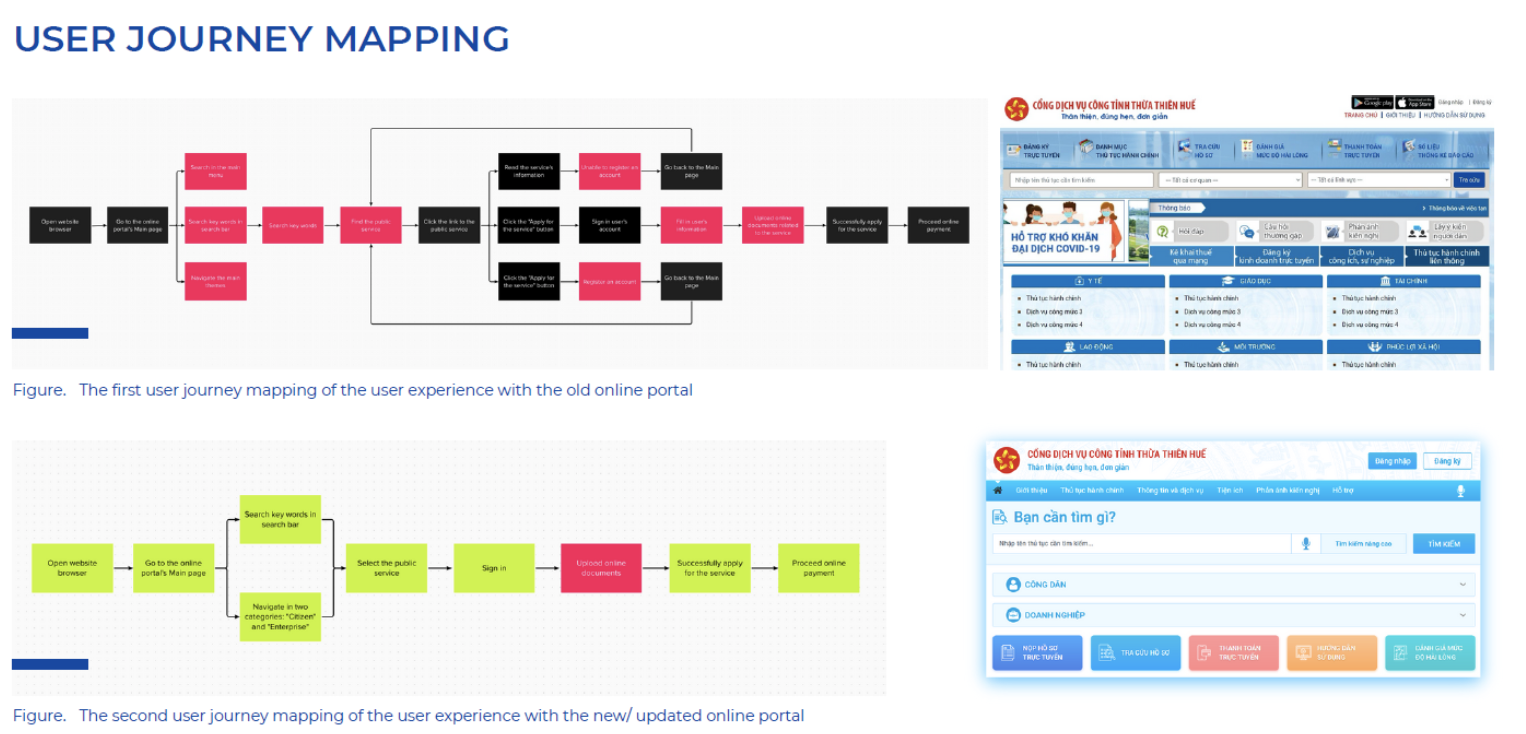
Have you ever experienced difficulties and frustration when doing paperwork in public services? Most of us have had to face public administrative procedures at some point in our life, an area often perceived as bureaucratic and complex.
Businesses and governments had to move their services online during the pandemic. This adaptation to lockdowns could reinvent what public service delivery looks like in the digital age. According to a Government of Viet Nam assessment, online public services are often not user-friendly. Nonetheless, the percentage of people using online public services has steadily improved since 2020 to 9.51% in 2021 and 18% in the first eight months of 2022.
Take the case of Ms. Mai[1], a working mother from the province of Thua Thien-Hue in Viet Nam, who appreciated the convenience of applying for public services through the government’s online portal. However, navigating the portal, she quickly found herself confused by the complicated interface and unable to apply for the “Birth certificate registration, permanent residency registration, issuance of health insurance cards for children under six years old.”
[1] pseudonym
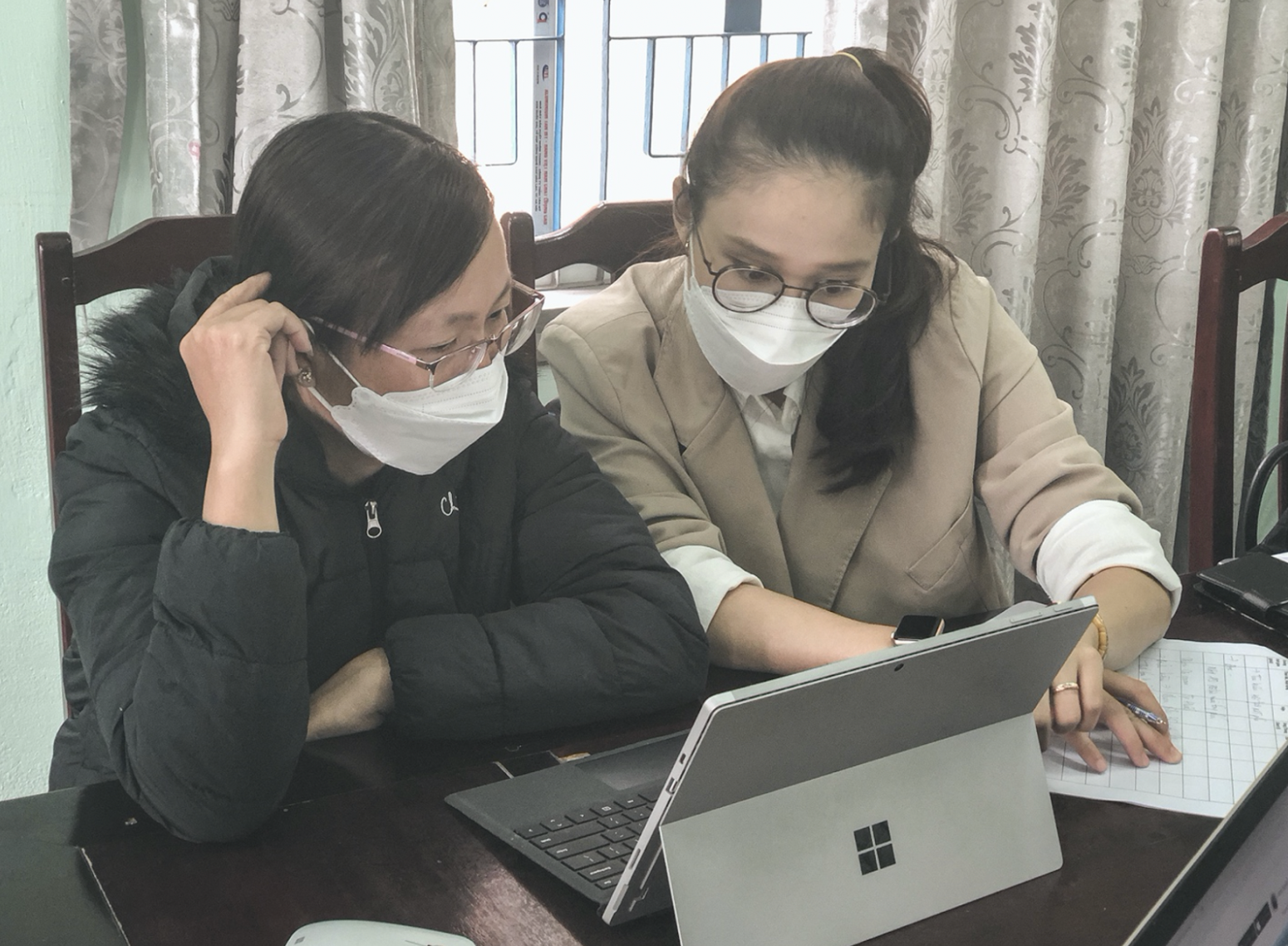
Mai was navigating the Thua Thien-Hue e-service portal.
As governments worldwide and in Viet Nam pursue the digital transformation agenda, significant gaps still exist in designing online services based on user needs and experiences. Since the beginning of 2022, the UNDP Viet Nam team and Thua Thien-Hue Center for Public Administrative Services have embarked on an experiment to reimagine from the ground up what online public service delivery could look like. If we put user experience at the center of redesigning e-governance services, could we do so in a way that is inclusive and accessible, particularly toward vulnerable groups?
According to the 2021 Viet Nam Provincial Governance and Public Administration Performance Index (PAPI), only 3.53% of all surveyed users in Viet Nam, among whom 0.13% from Thua Thien-Hue, have used the national e-service portal. Seeing the lost opportunity and huge potential, we sought to explore new solutions that would encourage users to access e-services. UNDP Viet Nam collaborated with Thua Thien-Hue’s Centre of Public Administration to pioneer an incubation programme on digital government transformation, focusing on increasing the accessibility of public administration procedures.
In the spirit of highly collaborative innovation, a UNDP team comprised of colleagues from the Governance Team and the Accelerator Lab started a journey with Thua Thien-Hue local government and related experts to reimagine how the website could look if, instead of being supply-driven, the design integrated the perspectives of vulnerable groups, including ethnic minority, people with visual impairments, and mothers from poor income households.

Thua Thien-Hue’s e-service portal before UNDP’s redesign (note the busy UI).
The research team conducted ethnographic research with approximately 50 participants, which included women like Ms. Mai, people with visual impairment, and ethnic minorities from Thua Thien-Hue. In observing participants using the province’s online portal and conducting in-depth interviews, the team could thoroughly understand the behaviors and experiences of participants as they navigated bottlenecks.
For Ha[2] (an 18-year-old man with visual impairment) who could use text-to-speech software to navigate websites, the research team observed that Ha would press the button “H” to find the main headings of the menu bar. In the online portal, pressing “H” reads everything within the interface because the software is encoded to read any text set as “heading.” Still, the website was not coded with different levels of heading, which resulted in unnecessary time lost to finding the needed public service and frustration on the part of Ha.
[2] pseudonym
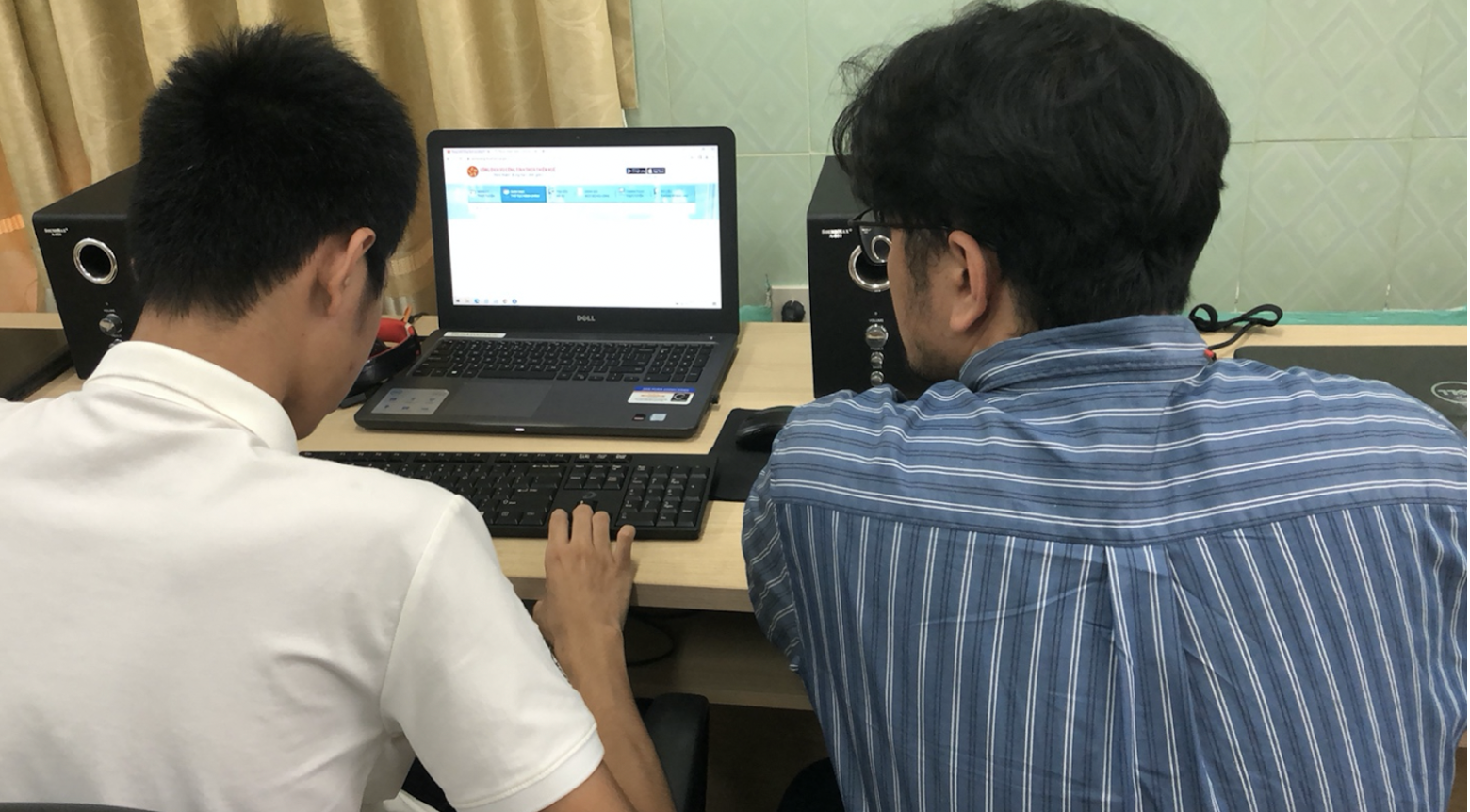
Ha is navigating the online portal by using text-to-speech software.
To visually represent the findings, the research team then produced maps of the paths and experiences of participants as they interacted with the online portal to generate insights for refinement. The team, in turn, has a new online portal designed through a hackathon, which involves prototyping and testing processes.
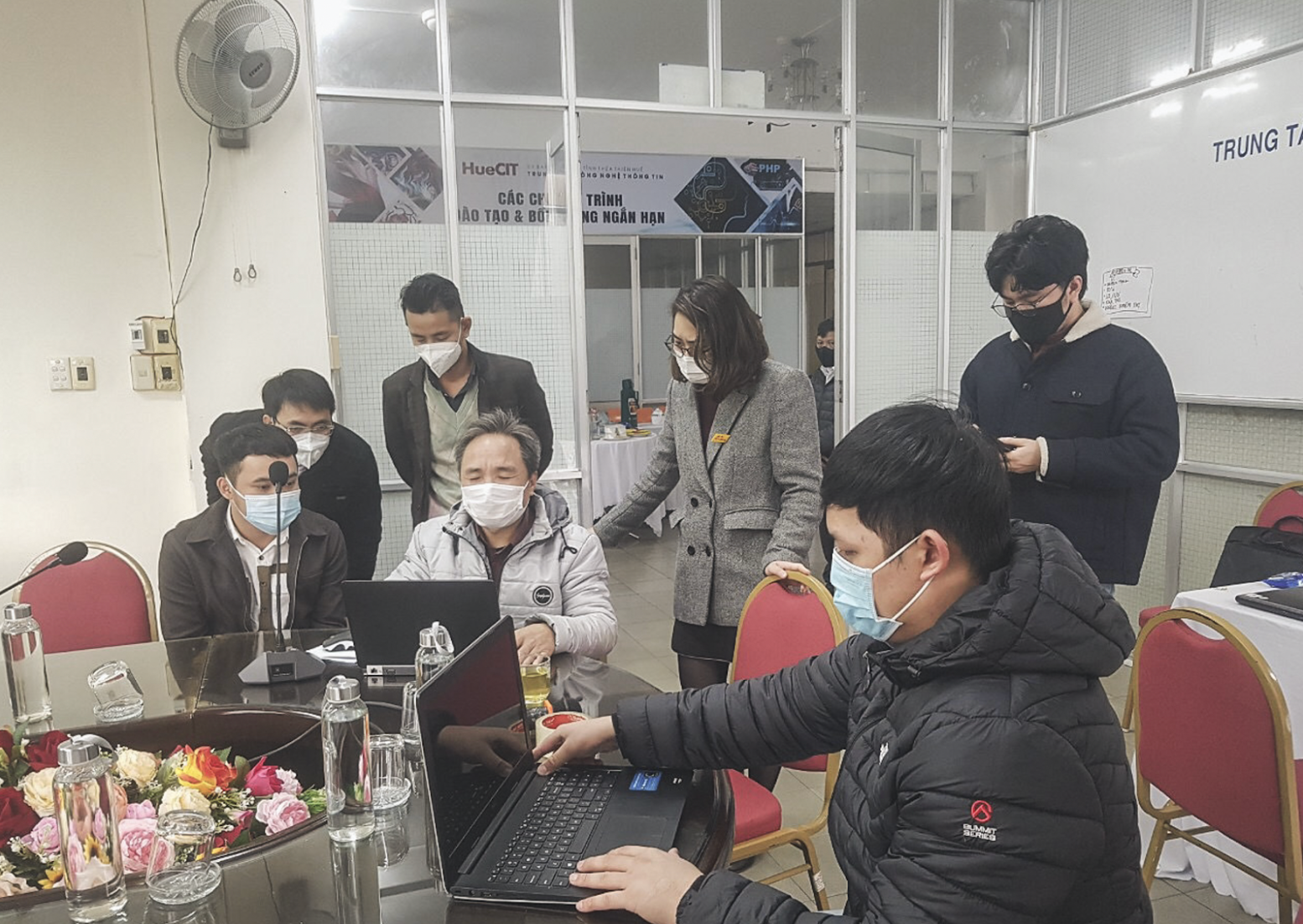
Organizing an e-government hackathon brings government officials and users together to develop a new website prototype within two days.
When we started working with vulnerable groups, some officials questioned why we would choose such a niche audience when the public website was supposed to serve citizens broadly. While we had chosen this direction at first from a principled standpoint (helping the most vulnerable), we quickly discovered that designing for those with the least access was also an efficient way of establishing creative boundaries to only use design options that are simple and accessible.

User Journey Mapping toward a more streamlined experience.
Following the successful launch of the new portal, UNDP, together with Thua Thien-Hue’s partners, organized a conference showcasing our findings and recommendations. The public service incubation programme led to three main achievements:
- Government officials facilitated the adoption of user-centered approaches through two training sessions and four 1-on-1 coaching sessions on user-centered concepts. They were actively encouraged to apply this knowledge throughout their work. A junior government official from Thua Thien-Hue’s Center of Public Administration shared: “When I go to the field, I understand the living conditions of the people I serve”;
- By redesigning the dysfunctional features, the team helped reduce the processing time for three of its piloted administrative procedures by two to five days. For example, the “Identification, re-identification of disability levels and issuance of disability certificates” now only takes 20 days, five days shorter than before;
- Rapid experimentation enabled the team to design an inclusive and accessible website with an improved text-to-speech function, simplified interfaces, and a new voice command feature. Users across the board reported that the new website was much easier to navigate.
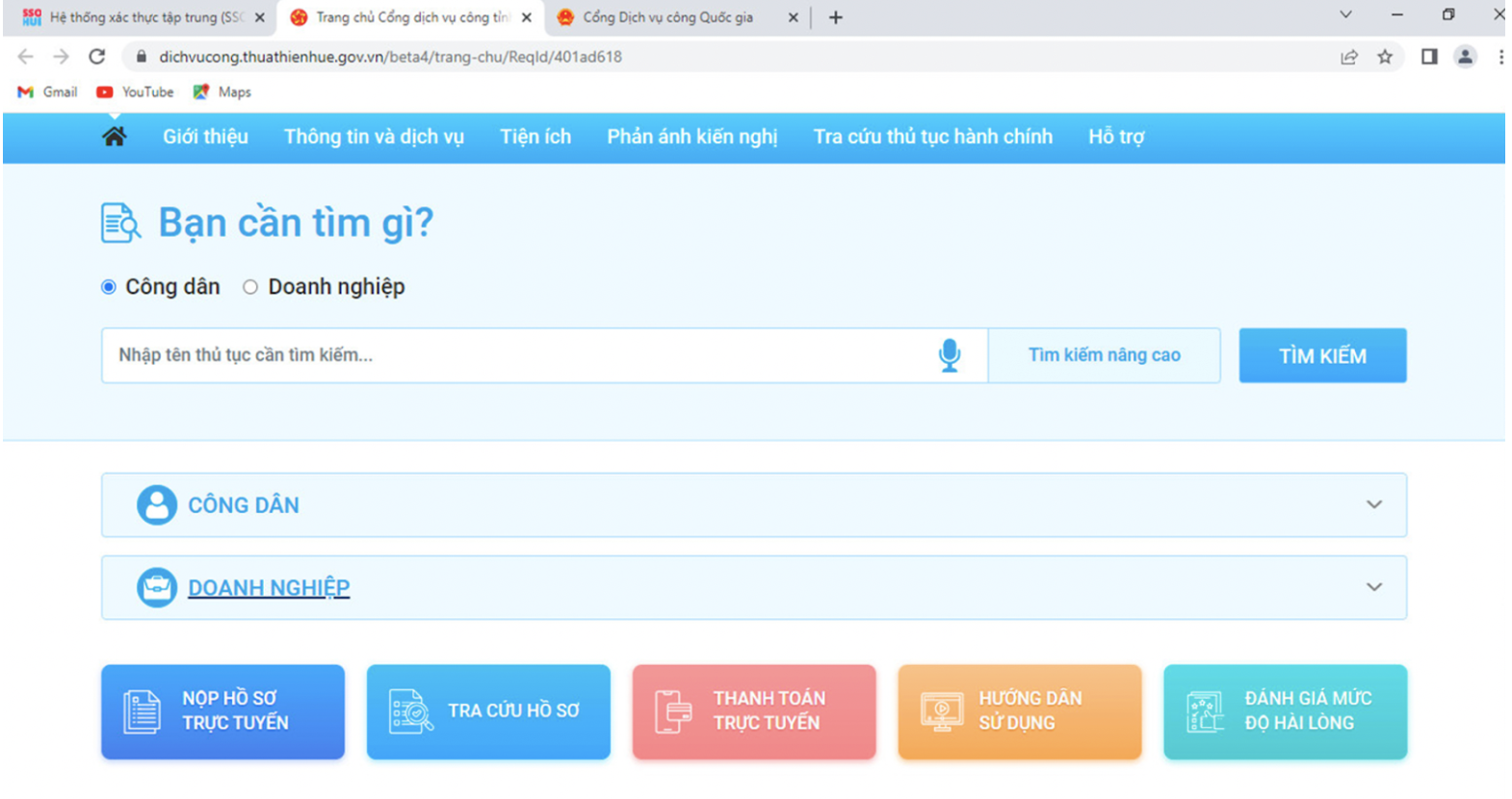
New, accessible online portal.
Ultimately, we learned that designing for extreme user-case needs helps overcome obstacles well beyond mainstream user needs, making the website more accessible for all. Through working with Thua Thien-Hue to increase the accessibility of public administrative procedures, UNDP Viet Nam demonstrates that everyone benefits when we design with the needs and experiences of all users - particularly marginalized groups - in mind. Since digital government transformation is an emerging area, finding inclusive and user-centered approaches, such as the case in Thua Thien-Hue, reveals a promising pathway for governments worldwide towards navigating and stewarding digital transformation. For more information, consult our full project report or reach out to nguyen.tuan.luong@undp.org for any questions.
Acknowledgment: This work has been made possible through UNDP’s COVID-19 Rapid Financing Facility (RFF), which was set up to catalyze UNDP’s “COVID 2.0” Beyond Recovery: Towards 2030, offering high-quality, high-impact country initiatives. It was implemented by the Center of Public Administration of Thua Thien-Hue Province and the Thua Thien-Hue Center for Information Technology (HueCIT). We would like to recognize contributions from the following experts: Vo Tuan Son, Nguyen Tuan Luong, Phan Hoang Lan, Dang Thi Huyen, Do Thi Thanh Huyen, Dang Phuong Thanh, Pham Thanh Vi and many more.

 Locations
Locations



